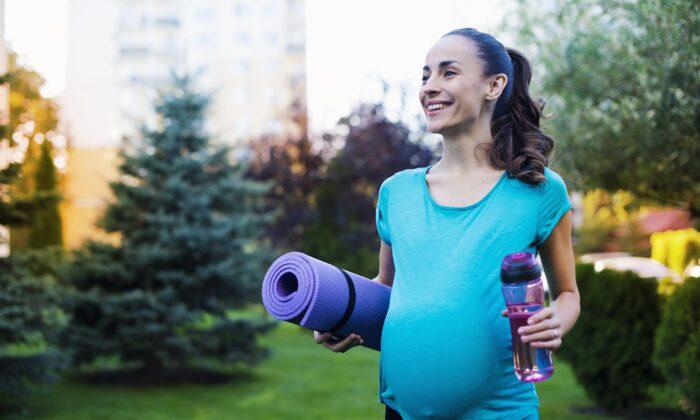We pass on our genetic traits to our children without even thinking about it. But we can also give them better health through our good habits.
The lead author of the study is Dr. Kristin Stanford, a researcher at The Ohio State Wexner Medical Center’s Diabetes and Metabolism Research Center. Stanford says that her team has been examining the maternal effect of exercise on offspring for years, but their latest work provides good evidence that a compound called 3SL passes on important benefits.
“3SL is an oligosaccharide; a small sugar. It’s found in both mouse milk and human milk,” said Stanford. “What we’ve seen is that when we add 3SL in a physiological dose into a mouse we’re able to see the same effects as we do offspring who drink milk from active moms.”
Researchers looked at mice born from sedentary mothers and fed them milk from mothers who were active throughout pregnancy. They found that the health benefits from fit mice transferred to the pups, showing that they were passed through breast milk and not simply inherited genetic traits.
Meanwhile, another team of researchers from the Arkansas Children’s Nutrition Center followed about 150 pregnant and postpartum women using activity trackers and found that those who clocked in more steps per day had an increased amount of 3SL.
New mothers and mothers-to-be don’t have to run marathons to make 3SL. In fact, researchers say higher levels of the compound are not related to exercise intensity. According to Stanford, it doesn’t take much movement to make a difference in the amount of 3SL mothers are able to produce.
“What is exciting about this is that it shows that activity, in general, is correlated to increase, suggesting that you can go for a walk, or do something very mild or moderate, and could actually increase 3SL in the milk,” Stanford said.
It’s clear that a mother’s diet contributes to the quality of her milk. But Stanford’s study shows that a little bit of movement can make it even more powerful.
“This is another aspect that shows that exercise is important, for both the mom and their offspring,” Stanford said. “So the more you can move, the better for your health, and the better for your baby’s health.
Oligosaccharides such as 3SL are found in a variety of plant foods, but the composition of 3SL is special, and the amount babies can manage to consume can make a big difference in their health for their entire lives. For mothers who are unable to breastfeed, or suffer from complications that require bed rest, researchers are looking for ways to isolate 3SL and add it to a formula.
“It could provide benefits for babies when women aren’t able to breastfeed,” Stanford said.







Friends Read Free